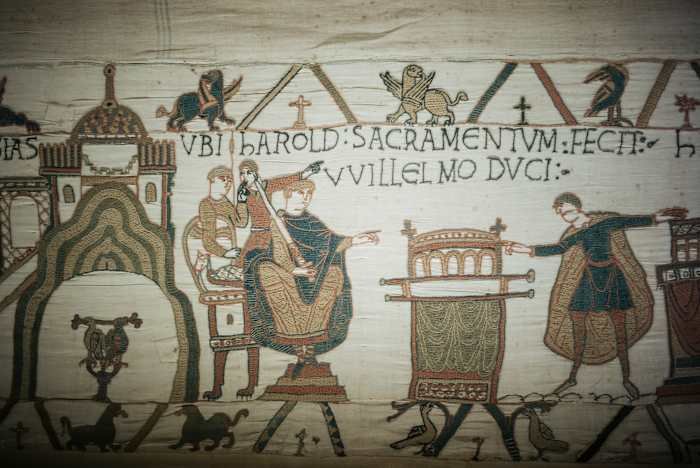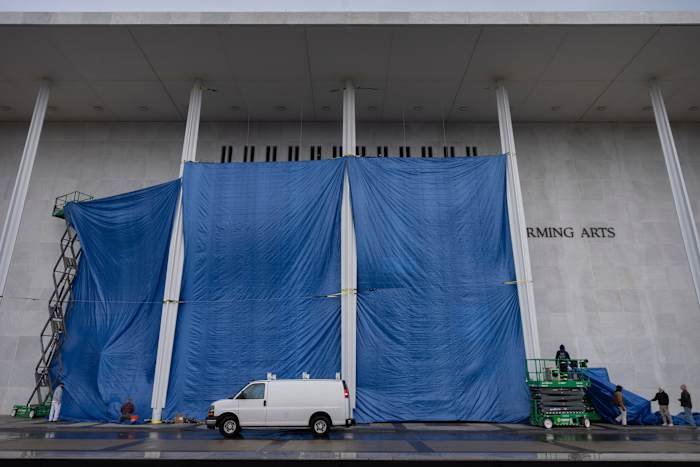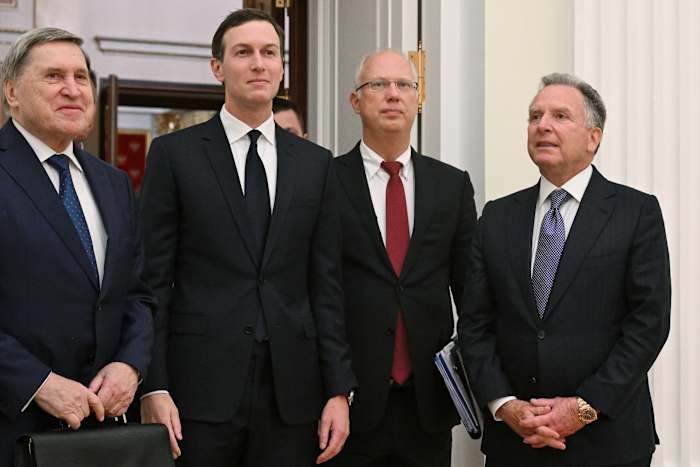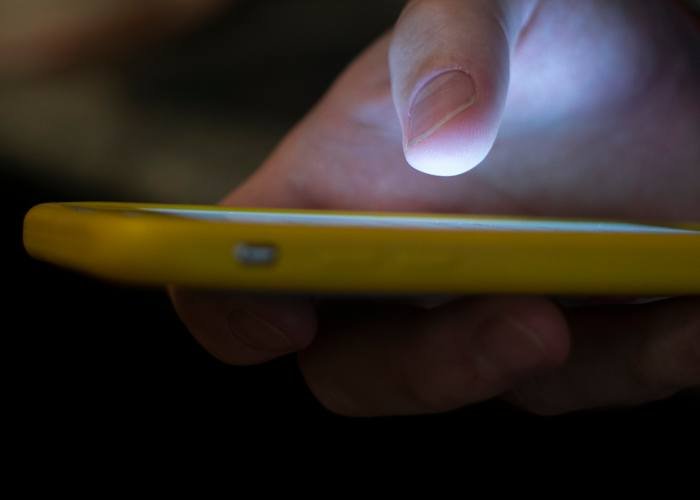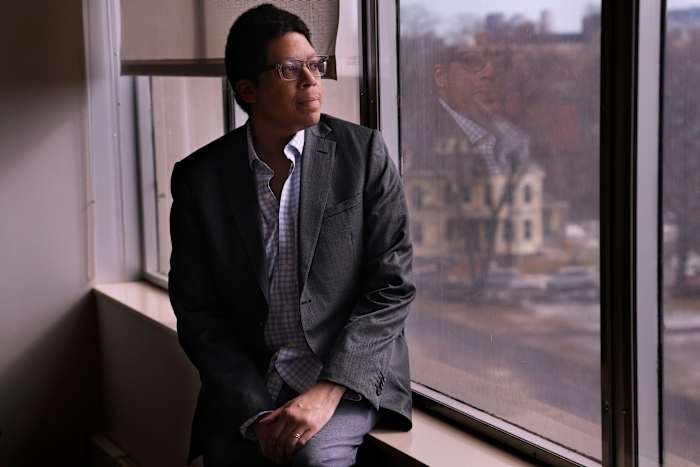The Bayeux Tapestry, a centuries-old artifact chronicling the fierce rivalry between France and Britain, is about to begin a new chapter. As both nations collaborate on the tapestry’s future, the story of their shared past is bringing them closer together. But what does this mean for Orlando residents and history enthusiasts? Join us as we unravel the latest developments and explore the impact of this international partnership, even from the heart of Central Florida.
A Medieval Masterpiece With Modern Relevance
The Bayeux Tapestry is no ordinary work of art. Stretching nearly 230 feet long, this embroidered cloth narrates the events leading up to the Norman conquest of England in 1066. With intricate scenes of battle, strategy, and political intrigue, the tapestry is both a historical document and a work of artistic genius.
For centuries, the tapestry has symbolized the longstanding rivalry between France and Britain. But in an unexpected twist, the two countries have begun working together to preserve and share this treasure. French President Emmanuel Macron and British officials have discussed plans for a joint exhibition, potentially allowing the tapestry to be displayed in England for the first time in over 900 years.
While Orlando may be thousands of miles from Bayeux, the tapestry’s story resonates here as well. Our city is home to a vibrant community of art lovers, history buffs, and educators who thrive on cultural exchange. News of the tapestry’s journey and the collaboration it inspires is already generating excitement in Orlando museums, schools, and cultural organizations.
Bridging Old Rivalries With New Partnerships
The idea of loaning the Bayeux Tapestry to Britain marks more than just an art exchange; it’s a powerful gesture of reconciliation. The tapestry was originally commissioned to celebrate a Norman victory over the English, a reminder of a time when France and Britain were arch-enemies. Now, by sharing stewardship of this artifact, both nations are demonstrating how history can unite rather than divide.
For Orlando, this partnership is a model of international cooperation. The city’s own diverse population and connections to global tourism make these kinds of cross-cultural initiatives especially relevant. Orlando residents and students can draw inspiration from France and Britain’s example, seeing how even the deepest rivalries can lead to friendship and shared learning.
Local educators are already incorporating the Bayeux Tapestry into lesson plans, using it as a springboard to discuss topics ranging from medieval history to diplomacy and the value of cultural heritage.
Implications for Orlando’s Cultural Scene
Orlando has a thriving arts and culture community, with institutions like the Orlando Museum of Art and the Orange County Regional History Center regularly featuring international exhibitions. News of the Bayeux Tapestry’s potential move—and the diplomatic story behind it—could inspire similar collaborations here.
Imagine a special exhibition in Orlando that draws parallels between the Bayeux Tapestry and Florida’s own rich history, or a lecture series exploring the power of art to heal old wounds. Such events would not only attract history buffs but also foster a deeper sense of global citizenship among Orlando residents.
Local organizations might even host virtual tours or workshops coinciding with the tapestry’s display in Britain, allowing Orlando audiences to experience this remarkable piece of history firsthand—even from afar.
Boosting Tourism and International Ties
Orlando is known worldwide as a top tourist destination. As the Bayeux Tapestry makes headlines and draws attention to European cultural heritage, it offers a reminder of the importance of international travel and exchange. Many Orlando residents travel to Europe, and cultural events like this can inspire new journeys or even future partnerships between Orlando’s tourism sector and European counterparts.
In addition, Orlando’s large expatriate and immigrant communities—many with roots in France, Britain, and beyond—are likely to take special interest in the tapestry’s journey. The event serves as a catalyst for conversations about shared history, identity, and the ways art can bridge oceans and generations.
Looking Forward: A New Era of Collaboration
As France and Britain set aside centuries of rivalry to celebrate a shared masterpiece, the Bayeux Tapestry becomes more than a record of conquest—it’s a symbol of reconciliation and hope. Here in Orlando, this story inspires us to look for common ground, embrace our diversity, and find creative ways to connect with the wider world.
With local schools, museums, and cultural organizations already buzzing about the tapestry’s next chapter, Orlando is poised to play its own role in the ongoing story of international friendship. Whether you’re a history lover, an educator, or simply curious about the world, the Bayeux Tapestry’s journey is a reminder that art and history truly have the power to unite us all.
What do you think about the Bayeux Tapestry’s journey and the new spirit of cooperation between France and Britain? Do you see opportunities for Orlando to get involved or benefit from this cultural moment? Let us know your thoughts in the comments below!

